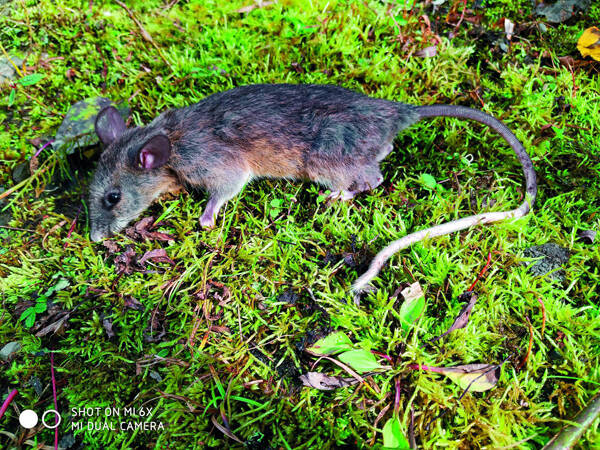Niviventer andersoni
IUCN
LCBasic Information
Scientific classification
- name:Niviventer andersoni
- Scientific Name:Niviventer andersoni
- Outline:Rodents
- Family:Rodentia Muridae Rattus
Vital signs
- length:156mm
- Weight:
- lifetime:
Feature
It has a large body, a pointed snout, large ears, a pure white belly, and a clear boundary between the dorsal and ventral sides.
Distribution and Habitat
It is endemic to China and is distributed in Tibet, Yunnan, Shaanxi, Sichuan, Guizhou, Hubei, Hunan and Chongqing.
Appearance
It is the largest species of the genus Niviventer. The length of the hind leg of an adult is generally more than 35mm, the total length of the skull is generally more than 40mm, and the length of the upper molar row is more than 7.2mm. The body hair is soft, with fewer guard hairs. The abdomen is creamy white, with a clear boundary between the dorsal and ventral hair colors. The tail is significantly longer than the body length, and the tail tip is white. This species is similar in appearance to the Niviventer excelsior, but the individuals are larger. The hind leg length of the Niviventer excelsior is about 33mm, and rarely exceeds 35mm; the hair at the tail end is longer, forming a distinct hair bundle, while the tail end of the Andersen's Niviventer does not form a distinct hair bundle, and the hair is shorter. Compared with the Niviventer confucianus, the Andersen's Niviventer is much larger, the abdomen of the Niviventer is more or less sulphur yellow, and the Andersen&#
Details
The species status of Andersen's white-bellied rat is stable, with three subspecies differentiation. In molecular systematics, it forms three obvious branches, but the boundaries of the branches are unclear and there is no one-to-one correspondence between the three subspecies.
This species has been included in the "National List of Terrestrial Wildlife with Important Economic and Scientific Research Values under State Protection" issued by the State Forestry Administration of China on August 1, 2000.
Listed in the 2013 Red List of Endangered Species of the World Conservation Union (IUCN) ver3.1--Low Risk (LC).









